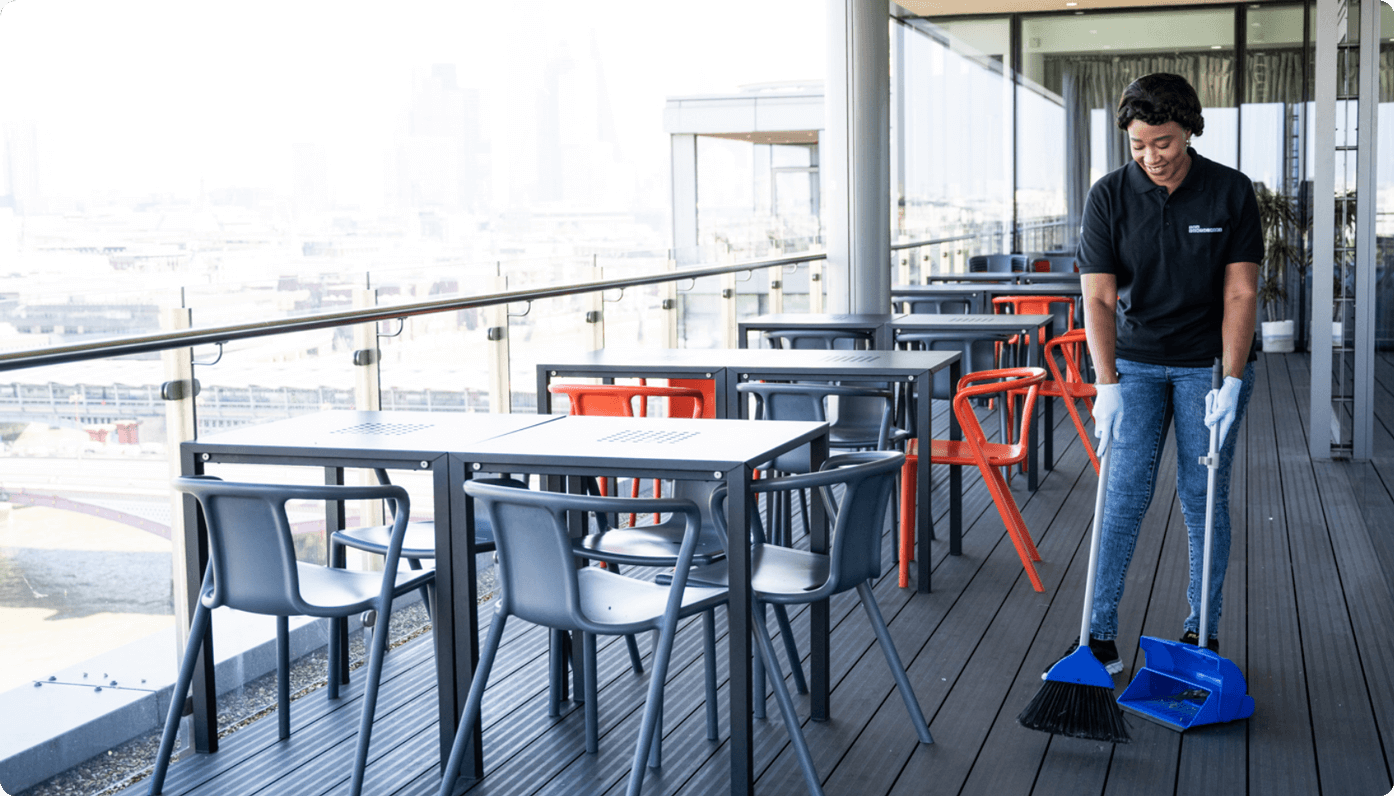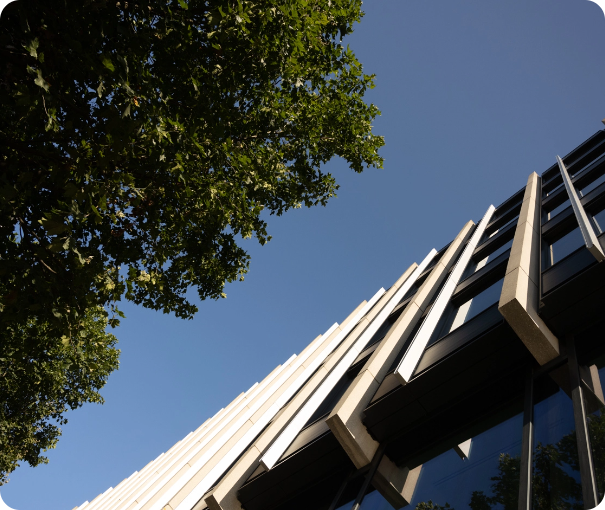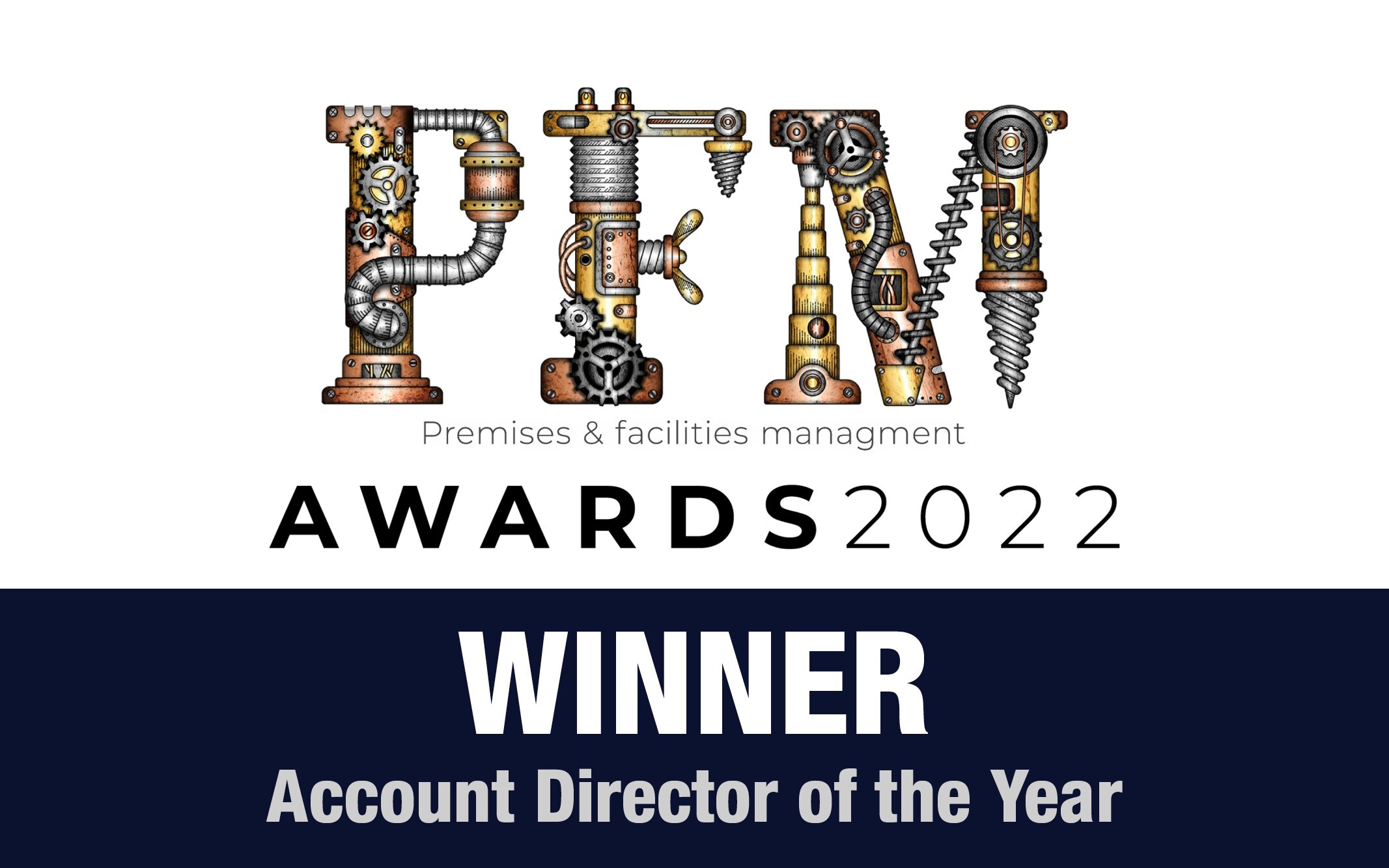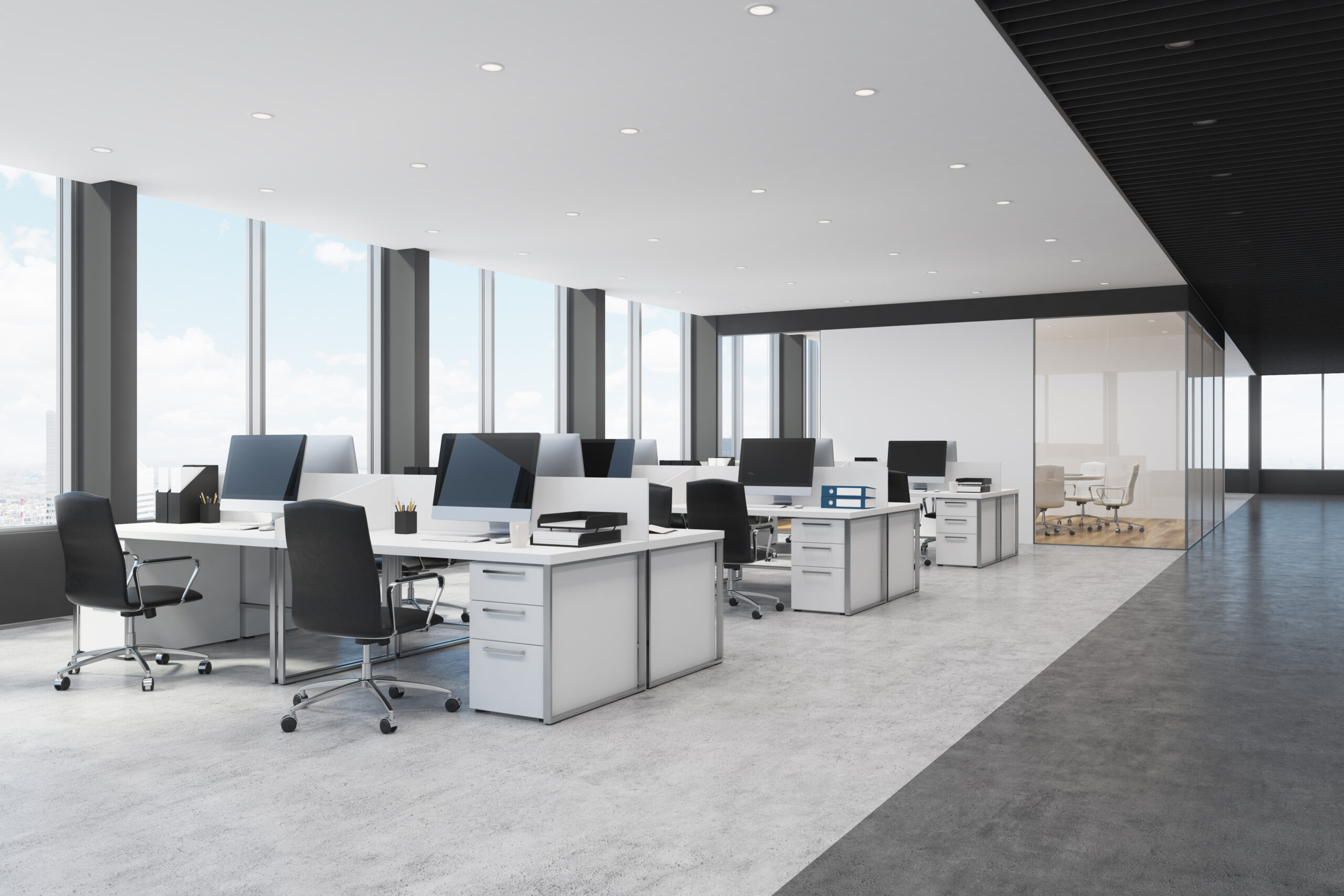





 Building & Fabric Maintenance
Building & Fabric Maintenance

 Mechanical & Electrical Maintenance
Mechanical & Electrical Maintenance



 Events & Lifestyle Services
Events & Lifestyle Services

 Logistics & Office Services
Logistics & Office Services

 Security
Security

 Catering
Catering

 Cleaning & Environmental
Cleaning & Environmental







Small Decencies


Boutique FM


Fully Engaged


Brilliant Basics


Great Experiences


FM Technology


Great People


Advocacy


Right size, Right fit


Promises Delivered





March 5, 2025
Any building, and the assets contained within, require maintenance to keep them in proper working order. This might be scheduled, ongoing or reactive, and covers everything from access points to air conditioning systems.
There are four primary frameworks when it comes to facility maintenance, each guiding FM professionals on the correct approach.
Facilities and maintenance: what are the different types?
There are four different types of maintenance, each with its own parameters, pros and cons: corrective, preventive, risk based and condition based.
To get the most from your FM building maintenance, consider a balanced approach that acknowledges the strengths and weakness of each type.
Corrective maintenance (CM)
Corrective maintenance is the identification and repair of faulty equipment and systems. These issues may be identified through routine checks or, for more serious cases, such as a lift breaking down, they may even be flagged by non-technical staff and visitors.
The benefits
Reduced downtime: where issues are identified as part of other work, such a worn component being spotted during a routine check, they can be repaired or replaced before a serious issue develops. This reduces the chance of downtime.
Sustainable asset management: depending on the equipment in question, the failure of certain components can in turn damage other components. By identifying potential issues before they fail, corrective maintenance can also protect those other components and extend the lifespan of equipment.
Lower short-term costs: corrective maintenance may reduce costs, with components only being replaced when faulty or worn. A preventive approach, on the other hand, would incur costs even if equipment was already in full working order.
The downsides
Higher long-term costs: while corrective maintenance can cut costs in the short term, as covered above, relying on this approach over longer periods could end up costing more. For example, the replacement of a costly component or the total failure of a system would incur repair costs that weren’t anticipated.
Safety concerns: allowing equipment and systems to run until failure can increase the likelihood of serious safety issues. A sudden and serious failure of a key component can cause a lot of damage and harm before there’s the chance of repair.
Increased downtime: although not as serious an issue as the health & safety implications above, increased downtime is a negative of corrective maintenance. A corrective approach relies on unplanned works carried out only when an issue is identified, meaning unexpected disruption to workspaces and staff.
Preventive maintenance (PM)
Preventive maintenance, also referred to as preventative maintenance, is all about being proactive. Under this approach, equipment and systems are maintained in line with a schedule that’s typically aligned with time passed and/or usage.
The benefits
Reduced downtime and disruption: reactive forms of maintenance, such as corrective maintenance, often lead to increased downtime and disruption – due to the lack of prior planning and replacements parts not being readily available. With preventive maintenance, however, replacement parts and the associated works are ordered and planned in advance.
Safer working: maintaining assets and equipment, rather than running them to failure, helps prevent serious failures that can incur high costs and, more critically, cause injury.
Improved budgeting and cashflow: preventive maintenance can keep your equipment and systems in full working order for longer, which helps reduce the chance of unexpected and costly repairs. For this reason, preventive and scheduled maintenance helps with budgeting and cashflow.
The downsides
Less sustainable: as preventive maintenance is based on scheduled inspections and replacement of parts, some components may be removed before they’ve reached the end of their lifespan. Especially with a growing emphasis on sustainability and eco-friendly practices in facilities management, a blanket approach to preventive maintenance may not be compatible with your company’s ESG policies.
Additional resource required: with more regular routine inspections of equipment, a preventive approach can require additional resource, such as more staff, time and a stock of readily available parts – all of which come with added costs.
Greater oversight required: especially for larger organisations, preventive maintenance across all sites and systems could require a significant number of asset schedules and stocks to see over. This will require more substantial asset management procedures.
Risk-based maintenance (RBM)
This is a method of prioritising facility maintenance around your equipment and systems, in terms of their potential risk. It means maintenance resource is more swayed to systems that fail more regularly or have a more serious outcome when failing.
The benefits
Improved system reliability: prioritising and keeping key systems well maintained reduces the risk of failure and prolongs their lifespan, which in turn adds further benefits.
Reduced downtime: by prioritising systems with a more serious result of failure, or those with a greater frequency of failure, facilities teams can help avoid unexpected system outages. This is achieved through more frequent inspections and a stock of replacement parts, for example.
Resource available for alternatives: through prioritising high-risk systems, extra resources can be made available to develop and manage alternative systems in the event of a failure. This keeps things moving while repairs are carried out on the primary system, with a reduced impact on your business’ usual operations.
The downsides
Less effective: in organisations with multiple pieces of high-priority equipment, a risk-based approach may spread maintenance teams too thinly and, as a result, is less effective.
Significant planning in the short term: risk-based maintenance requires significant prior planning, such as asset management and risk assessing all equipment and systems. This information is essential in calculating risk and prioritising maintenance accordingly.
Requires frequent reviews and updates: the level of risk fluctuates due to factors such as age, usage and repair history of equipment. To tackle this, a risk-based approach requires recurring reviews and potential amendments.
Condition-based maintenance (CBM)
With a condition-based approach, all facility maintenance is based on the condition of equipment and systems as assessed. Under this approach, maintenance is typically only carried out under pre-agreed parameters, such as decreased performance. This information may be gathered through routine manual inspections or continuously where inbuilt sensors are available.
The benefits
Reduced downtime: as condition-based maintenance is often carried out while equipment is in use, there is less chance of disruption to your operations. Also, forming maintenance around your systems’ current condition reduces the chance of failure, which further reduces the chance of downtime.
Improved reliability: managing maintenance around the condition of equipment, rather than scheduled intervals, tailors your approach to the systems in question and can improve their reliability.
Improved safety: as a result of that increased reliability and reduced chance of failure, worker safety is improved.
The downsides
Expensive to implement: as condition-based maintenance often relies on specialist monitoring equipment, it can be costly to set up and manage. There is also the cost of training staff on this equipment and hiring additional specialists to analyse the data.
Incompatible work environments: the instruments used to monitor asset condition can be sensitive to environmental factors, meaning some areas may be unsuitable. To navigate this, maintenance professionals may need to adapt their assets and environments to fit or even rely on more expensive manual inspections instead.
Unpredictable maintenance schedules: with condition-based maintenance being based on triggers such as decreased performance, there are no set maintenance periods, with clear impacts on resource.
How Anabas can help with facility maintenance
Anabas has years of experience in applying the correct balance of maintenance strategies for corporate offices, across total facilities management and bespoke services.
Get in touch using the form below to discover more.



